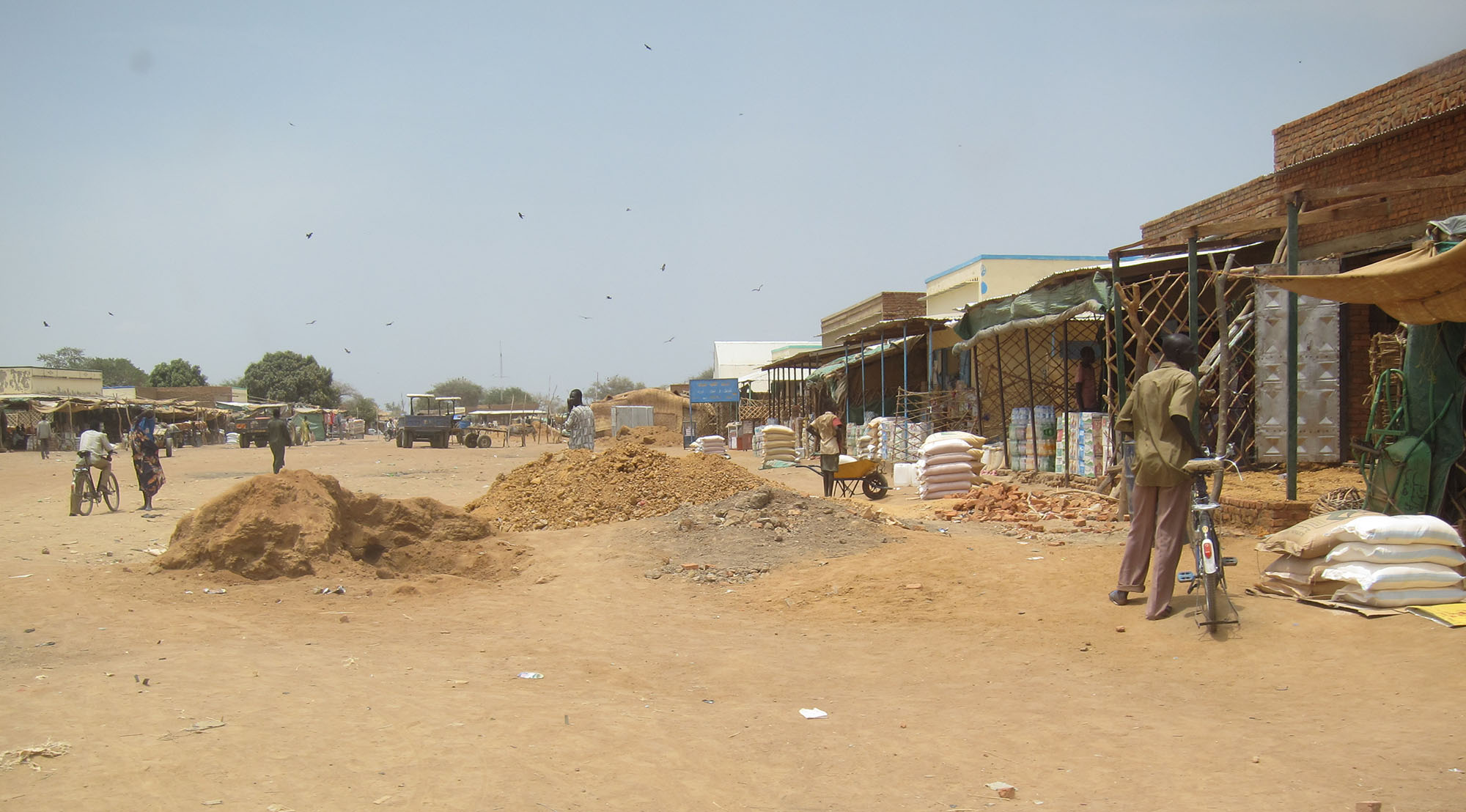Global Report on Food Crisis 2017
International Office of Migration - South Sudan Humanitarian Update #75
International Crisis Group. South Sudan: Rearranging the Chess Board. Africa Report N°243. December 20, 2016
The Nordic Africa Institute. Why South Sudan Conflict is Proving Intractable. Policy Note 4, 2015
Secure Livelihoods Research Consortium. Livelihoods and Conflicts in South Sudan. Briefing paper, October 20, 2016
Recent reports from the Horn of Africa show little promise of positive changes – famine as a result of war and drought, armed clashes between governments and rebel groups, attacks from extreme militia, disastrous economic situations, states of emergency, and collisions between security forces and demonstrators. The list could go on, and the situation has more or less remained the same for several years.
Hardly a day goes by in which the Horn of Africa does not dominate the news headlines. The United Nations have declared a state of famine in some Somalian and South Sudan regions, and violent clashes are happening time and time again in many Horn countries. While famine is often associated with extreme weather conditions, the Global Report on Food Crisis 2017 makes it clear that armed conflicts are the driving causes of nine out of ten of the worst humanitarian crises, thus underlining the close link between peace and food security. This is also the case in South Sudan.
Almost six years after independence, South Sudan is in economic and political free fall. Although July 2011 was full of hope, armed conflict broke out just over two years later. The peace agreement of August 2015, which was negotiated under the auspices of the regional organization IGAD, has not yet been able to secure long-term peace. The renewed fighting in the capital city Juba in July 2016 clearly revealed the deep political crisis as well as the unwillingness to back up the peace agreement with action. Although the guns fell silent after these violence clashes in Juba, there are still fights in many places between the army and armed groups at a local level, with the civil population also hit hard in most cases.
In a speech on December 14, 2016, President Salva Kiir announced a new road map for peace, stability, and prosperity in the form of an all-encompassing National Dialogue. Although the government repeatedly emphasizes complementarity with the peace agreement signed, it is the failure to implement it and the ongoing armed clashes that rule out the idea of a National Dialogue in the eyes of most international actors. There is also the fear that the government is simply playing for time or wants to hide the non-implementation of the peace agreement and acquire new money from abroad.
Squeezed between the various fronts, civilians in many parts of South Sudan are fleeing in the hope of regaining a bit of dignity. The UN Refugee Agency estimates that South Sudan has 1.9 million internally displaced persons, with 1.59 million refugees in neighboring countries (as of April 2017). It is mostly impossible for internally displaced persons to continue cultivating their fields and provide for themselves. It is also often dangerous, or if people have to take refuge, completely impossible to get hold of external food aid. Low agricultural activity, large-scale crop failures, and insecure transport routes as a result of robbery and armed conflicts have also brought trading – which is so vital – to an almost complete standstill in some areas and led to an explosion in food prices.
The effects on other states in the region and their reactions tend to vary and are based on historical relations between states and their own national interests. The Horn countries are closely interwoven in terms of history, economics, politics, and culture. Even if the linguistic and ethnic diversity within and between the countries is considerable, the region is shaped by cross-border affiliations, trade, and political connections. States such as Sudan, South Sudan, Ethiopia, and Uganda have all supported rebels and opposition groups in the other countries for many years in pursuit of their own interests. Neighboring states have thus helped significantly exacerbate conflict in each other’s countries and have benefited from the instability created. In the long term, however, the price to pay is a heavy one, as is becoming apparent in South Sudan: flows of refugees – some 800,000 South Sudanese refugees are sheltering in Uganda alone – and the adverse economic effects are having a serious impact on neighboring states. It is hardly surprising, therefore, that regional stability – to help countries take care of their own economic interests – and prevention of armed conflicts on their own territory have become key concerns. Over the past few months, a rapprochement between South Sudan and Sudan, as well as between the two old enemies Uganda and Sudan, has been observable for the first time in quite a while. This encouraging news, for a change, is perhaps a hopeful sign that the region is starting to see itself as a symbiotic whole and realize it holds the key to a peaceful future in its own hands.
Nonetheless, there are still many hurdles to overcome within South Sudan. Although all sides keep agreeing to ceasefires at varying intervals, there is no end to the violent clashes and the suffering of the civilian population. Foreign oil production and development aid personnel are also being attacked repeatedly or taken hostage. The lack of cohesion within the various armed groups and the apparent gulf between the different political and military leaders severely hinder the search for a peaceful agreement. A ceasefire, in addition to any regional and international support, is of particular importance to ensure self-sufficiency and social rehabilitation for entire generations in South Sudan over the longer term.


